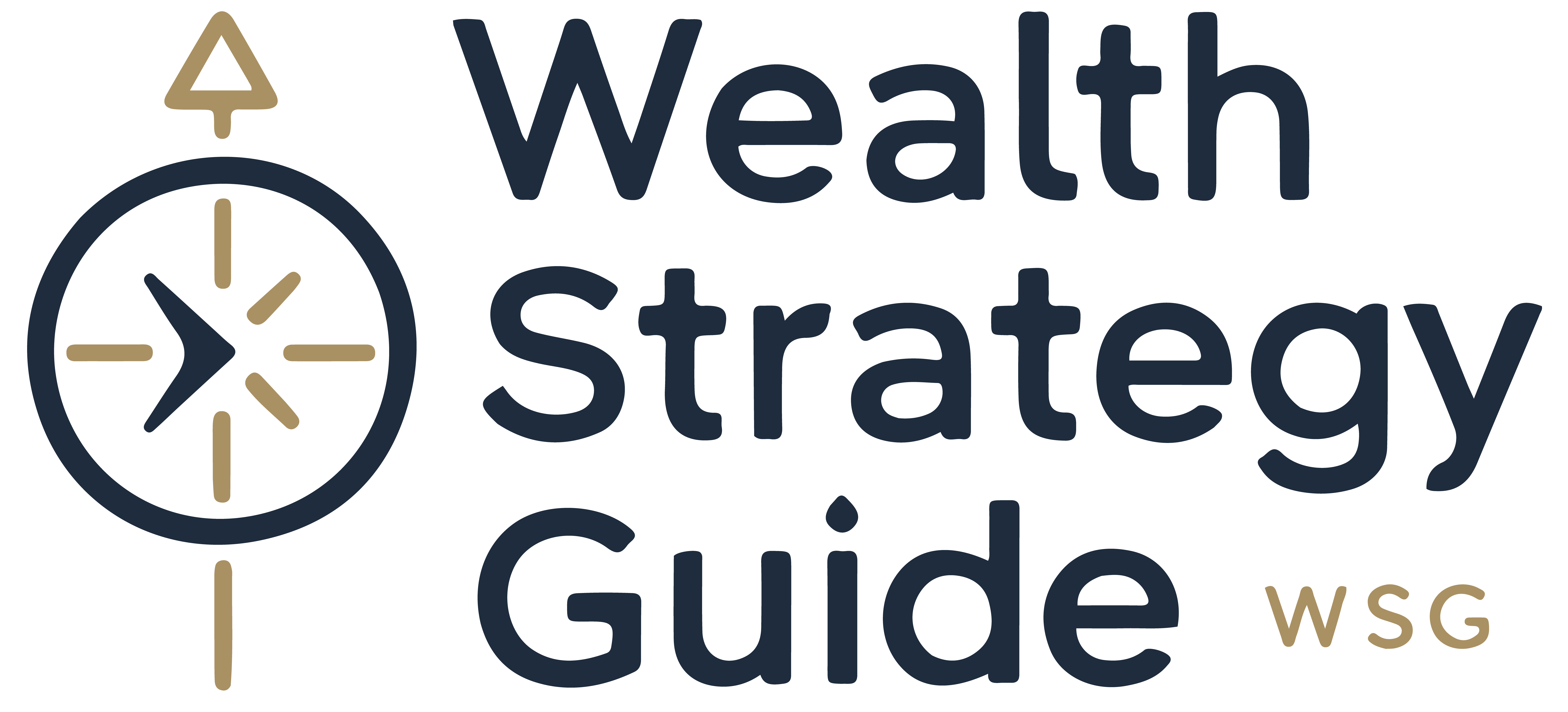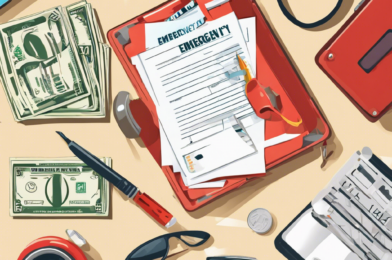Preparing for retirement is a marathon, not a sprint, and the earlier you start, the better. It’s never too early (or too late) to begin securing your financial future and ensuring your golden years are truly golden. So, where do you begin?
Firstly, it’s crucial to understand your retirement needs and goals. This means asking yourself important questions, such as: At what age do I want to retire? What lifestyle do I want to maintain during my retirement? Where do I plan on living? And how much income will I need to support myself comfortably? Answering these questions will give you a clearer picture of your retirement vision and help you set appropriate financial goals.
Once you know your destination, you can start mapping out the journey. This involves creating a comprehensive financial plan that addresses key aspects such as savings, investments, and expenses. It’s important to be realistic about your current financial situation and not set yourself up for failure by setting unattainable goals. A good rule of thumb is to aim to save at least 15% of your annual income for retirement, including any employer-matching contributions.
Of course, saving for retirement doesn’t mean sacrificing all your short-term goals and pleasures. It’s about finding a balance between your future needs and your current lifestyle desires. This might involve making some trade-offs, such as cutting back on discretionary spending or delaying major purchases until you’ve contributed sufficiently to your retirement fund.
A diverse investment portfolio is also key to successful retirement planning. Spread your investments across a range of asset classes, such as stocks, bonds, mutual funds, and real estate, to minimize risk and maximize growth potential. Regularly reviewing and rebalancing your portfolio will ensure your investments stay aligned with your risk tolerance and financial goals.
It’s also worthwhile seeking professional advice. Financial planners and retirement specialists can provide invaluable guidance tailored to your unique circumstances. They can help you navigate the often-complex world of retirement planning, ensuring you make the most of tax benefits, employer-sponsored plans, and other opportunities to grow your nest egg.
Starting early and being consistent are the keys to successful retirement planning. Even small contributions can grow substantially over time thanks to the power of compound interest. Remember, it’s your future, and it’s worth investing in. So, begin planning today to secure the retirement you desire tomorrow.
In addition to savings and investments, it’s crucial to consider other sources of retirement income. This includes understanding your eligibility for Social Security benefits and the timing of when to start claiming them. It’s also worth exploring options for generating passive income, such as through rental properties or dividend-paying stocks, to supplement your retirement savings.
Healthcare costs are another significant factor in retirement planning. It’s important to factor in the potential costs of healthcare and long-term care insurance to ensure you’re adequately prepared for any medical expenses that may arise during your golden years. Understanding Medicare enrollment periods and coverage options is essential to making informed decisions.
While retirement planning can be complex, there are numerous online resources and tools available to help you calculate savings goals, project investment growth, and estimate retirement expenses. These resources can provide valuable guidance as you navigate the path toward financial security in retirement. It’s also a good idea to periodically review and adjust your plan as life unfolds and your circumstances change.
Remember, retirement planning is a journey unique to each individual. Comparing your progress or strategy to others can lead to poor decision-making. Stay focused on your personal goals, and seek guidance from trusted financial professionals who can provide tailored advice based on your circumstances. This will keep you on track toward a comfortable and secure retirement.
So, start securing your future today by taking that first step. Assess your retirement goals, create a financial plan, and seek professional guidance to ensure you’re on the right path. With consistent contributions, wise investments, and a dedication to your future, you’ll be well on your way to achieving the retirement of your dreams.







